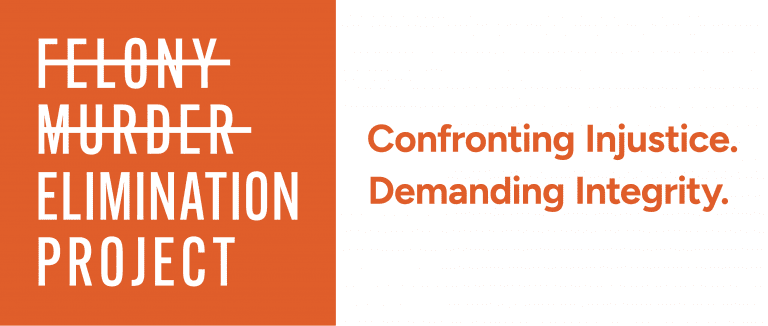“Behind the Walls” – A Woman’s Perspective on Solitary Confinement is an essay written by Kwaneta Harris, an incarcerated journalist in Texas. Harris is a former nurse, business owner, expat, and Movements Against Mass Incarceration Social Change Fellow. She also also co-authored the book Ending Isolation: The Case Against Solitary Confinement.
In her work, she outlines how the experience of being incarcerated in the largest state prison in Texas is vastly different for women in ways that directly map onto a culture rooted in misogyny. Her writing exposes how the intersection of gender, race, and place contribute to state-sanctioned, gender-based violence.
Excerpts from “Behind the Walls” appear below.
Solitary confinement transforms already vulnerable women into perfect targets for institutional violence. During my eight and a half years in solitary, I witnessed firsthand how this supposedly protective measure became the perfect breeding ground for abuse. The isolation, the dependency, and the power imbalance create conditions where sexual and physical violence aren’t just possible, they’re inevitable. In Texas, where summer temperatures regularly reach triple digits and concrete cells become ovens, I learned that everything from basic necessities to human dignity comes with a price.
The power wielded by guards extends beyond simple observation to active humiliation and coercion. Male guards routinely watched us shower, twirling their fingers to instruct us to turn around so they could get a better view. During mandatory searches, they would deliberately brush against us or, when we were handcuffed, position themselves so our restrained hands would brush against their genitals. One week after I refused a guard’s advances, my water was mysteriously “malfunctioning,” unable to flush my toilet or drink tap water, I endured three days of dehydration and humiliation before an indifferent maintenance worker fixed the “problem” with a simple turn of a valve that had been deliberately shut off.
Studies show incarcerated women are prescribed psychotropic medications at significantly higher rates than incarcerated men. We also exhibit higher rates of self-harm and suicide attempts than men in similar conditions. During my time in solitary, I witnessed, almost daily, suicide attempts and several completions. One woman, barely nineteen, slashed her wrists after a guard threatened to “lose” her parole paperwork if she didn’t comply with his demands. Those of us with developmental challenges or mental health issues are particularly vulnerable to manipulation. Another neighbor, a woman with clear cognitive disabilities, believed a guard’s promises that he would help with her appeal, if she performed sexual favors, only to discover he had no influence whatsoever on her sentence. This infliction of emotional trauma isn’t limited to people but structures too.
The consequences of this environment extend far beyond the sentence itself, creating lasting trauma that follows women like me long after release. In solitary, we aren’t just punished with isolation, we’re also forced to witness and experience cycles of abuse so routinely that they become normalized. Like domesticated animals, we learn that resistance brings pain and compliance brings relief. This conditioning, this breaking of the spirits, is perhaps the cruelest aspect of solitary confinement for women. When I finally left isolation after eight and a half years, I found myself flinching at kindness, suspicious of generosity, and incapable of trust.
The walls of my cell may have fallen away, but the psychological prison remains, a testament to a system designed not to rehabilitate women, but to break them.
You can read the full essay “Behind the Walls” alongside several stories as part of the Window Into Solitary special issue on the ZEKE digital magazine website. ZEKE Magazine explores topics as diverse as as climate change and solutions, incarceration in the US, the war in Ukraine, refugees and migration, equity and justice, and other issues of global concern.



